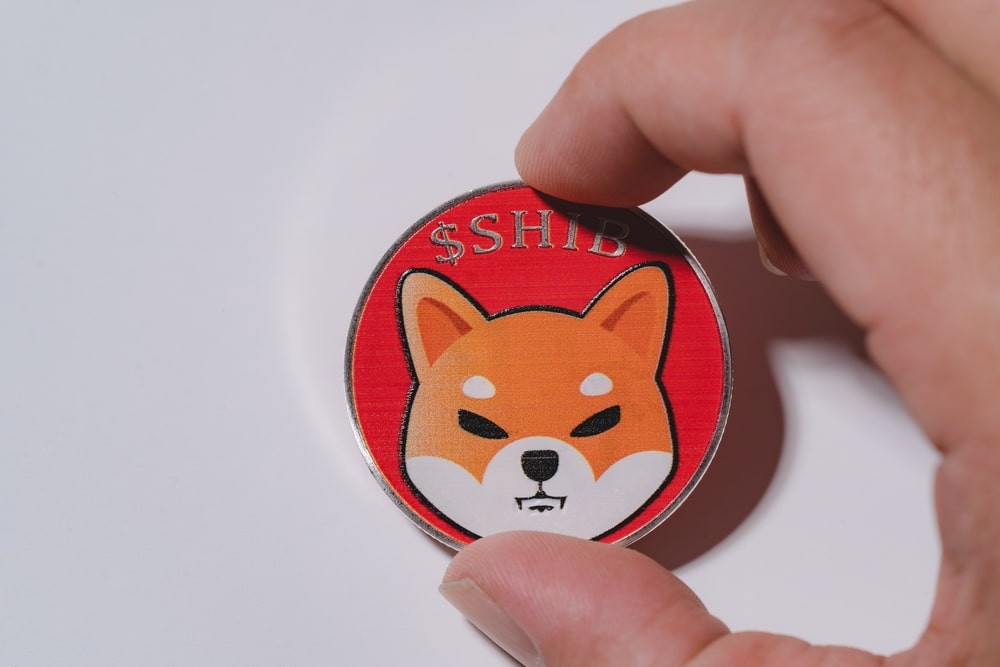Comprehensive Guide to Understanding Intellectual Property Rights in Web3

Intellectual property (IP) rights concern the creative products of the mind. In the quickly changing digital age, Web3 IP protection has become a significant concern for innovators and creators.
The rise of digital technologies and content has complicated ensuring the ownership and integrity of creative works. The decentralized nature of Web3 changes the conventional structures for protecting intellectual property.
Web3 operates on peer-to-peer (P2P) networks and trustless interactions. This diverges from Web2, a centralized and intermediary-enhanced structure of the present Internet.
Blockchain and IP Rights Explained
A decentralized ledger system famous for its transparency and immutability is central to Web3. A blockchain ledger prevents plagiarism and illegal utilization and streamlines verifying ownership in legal clashes.
Concerning blockchain-founded IP solutions, proof-of-existence initiatives projects timestamp documents on-chain, while IP strategy software provides a blockchain-founded patent registry.
Smart Contracts for Intellectual Property Protection
Smart contracts complement blockchain technology. The self-executing contracts have predefined conditions and terms written in code.
Via smart contracts, creators can stipulate how their works can be utilized, ensuring the automatic distribution of tokens whenever content is shared or accessed. The automated IP implementation streamlines licensing procedures, eradicates intermediaries, and minimizes the risk of violation, offering creators more peace of mind and control over their creations.
IP Tokenization
Transforming how creators monetize and safeguard their creations, intellectual property tokenization offers a safe and transparent solution for developers to tokenize assets. This ensures proof of immutable ownership and promotes flawless digital assets trading.
The crypto model shift democratizes access to intellectual property ownership and unveils fresh revenue streams via smart contracts that control licensing and royalties in decentralized systems. The rise of nonfungible tokens (NFTs) and decentralized finance (DeFi) means IP tokenization is poised to redefine conventional copyright and ownership notions.
Do Nonfungible Tokens (NFTs) Have Copyright Protection?
Nonfungible tokens provide a novel means to tokenize digital assets, including music, artwork, and tweets, offering ownership via blockchain. They have come into the limelight, restructuring the digital landscape and confronting conventional ownership and value notions.
The intersection of intellectual property and nonfungible tokens (NFTs) lies at the core of the phenomenon. It involves purchasers and creators navigating an intricate web of responsibilities and rights.
Buying a nonfungible token does not automatically confer intellectual property rights. However, some collections like Bored Ape Yacht Club no longer embrace this norm and instead grant owners complete IP rights.
NFT marketplaces such as Rariable and OpenSea mint and trade IP-supported NFTs, while fractional ownership platforms allow shared ownership of digital assets.
Can DAOs Lawfully Own IP?
Decentralized autonomous organizations (DAOs) are a revolutionary evolution in governance, enabling communities to control resources and make independent decisions jointly. The entities can develop transparent protocols for IP tokenization, ownership, and licensing of shared assets and revenue allocation, benefiting stakeholders and creators.
Initiatives such as Aragon offer tools and infrastructure for DAO governance, improving decision-making processes linked to IT matters.
Practical Strategies for IP Protection in Web3
An example of a foundational strategy entails registering IPs on a blockchain, providing a verifiable and tamper-proof record of timestamps and ownership. Developers can develop a robust foundation for protecting their rights via blockchain-founded IP registries.
Blockchain cryptography for IP safety is critical. Executing watermarking and encryption tactics includes an additional safety layer to digital assets and metadata safety in blockchain-founded assets.
Continuous IP assets monitoring across decentralized platforms is critical to identifying their utilization and spotting instances of violation.
IP Challenges in Web3
First, there is the impending threat of legal structures for IP protection in Web3, as governments aim to oversee this expanding sector, possibly developing an intricate regulatory landscape. Traditional guidelines find it challenging to adapt to the decentralized nature of Web3, especially concerning jurisdictional uncertainty and anonymity.
Interoperability problems also worsen matters. The emergence of diverse, decentralized IP management systems evokes the need to ensure compatibility.
Conflicts in IP and Web3 manifest in different forms, including extensive copyright violations promoted by easy content sharing and the prevalence of fake and plagiarized works.
DISCLAIMER: It's essential to understand that the content on this page is not meant to serve as, nor should it be construed as, advice in legal, tax, investment, financial, or any other professional context. You should only invest an amount that you are prepared to lose, and it's advisable to consult with an independent financial expert if you're uncertain. For additional details, please review the terms of service, as well as the help and support sections offered by the provider or promoter. While our website strives for precise and impartial journalism, please be aware that market conditions can shift unexpectedly and some (not all) of the posts on this website are paid or sponsored posts.









